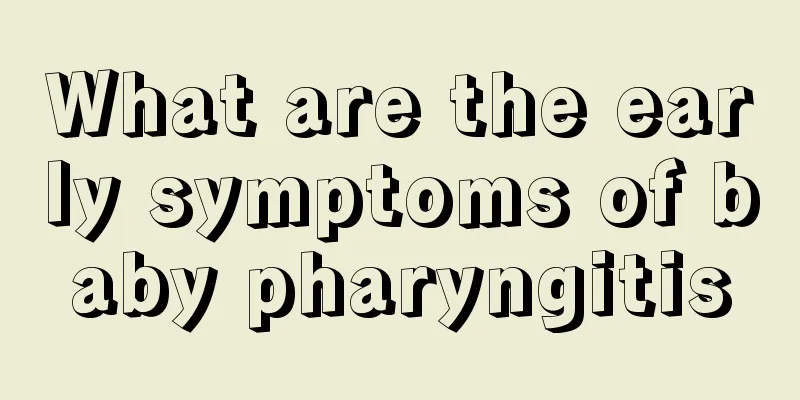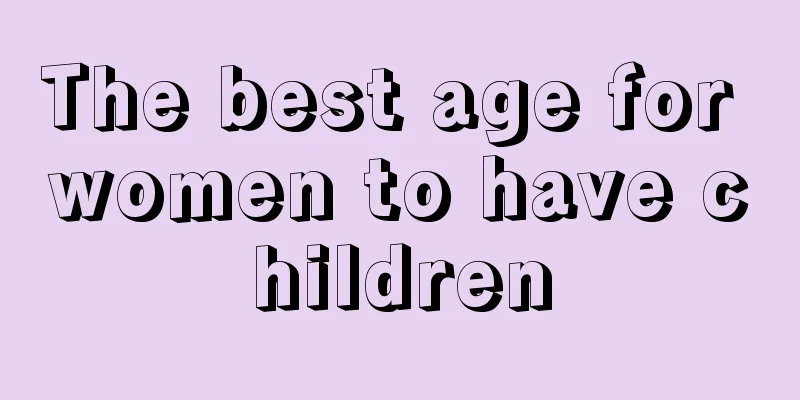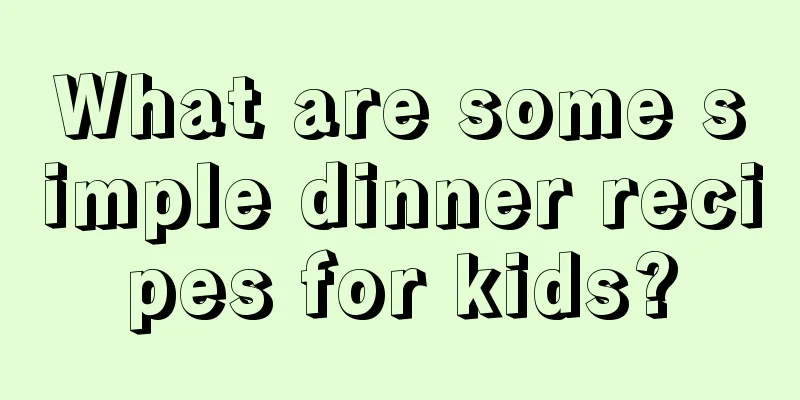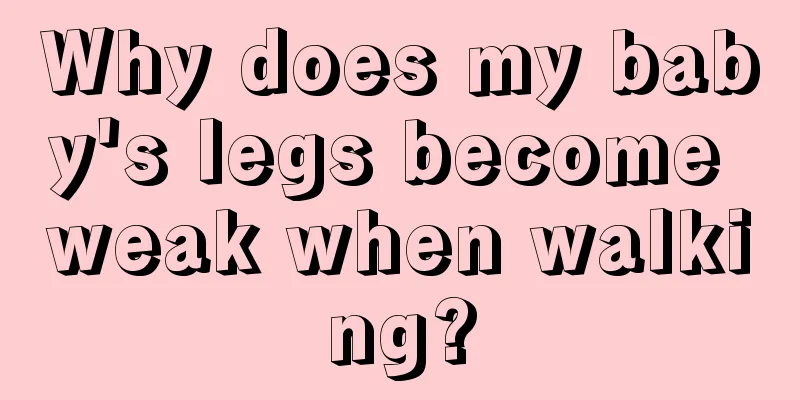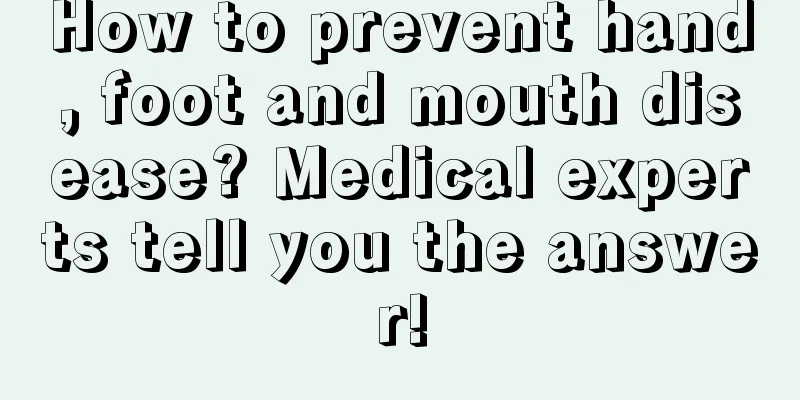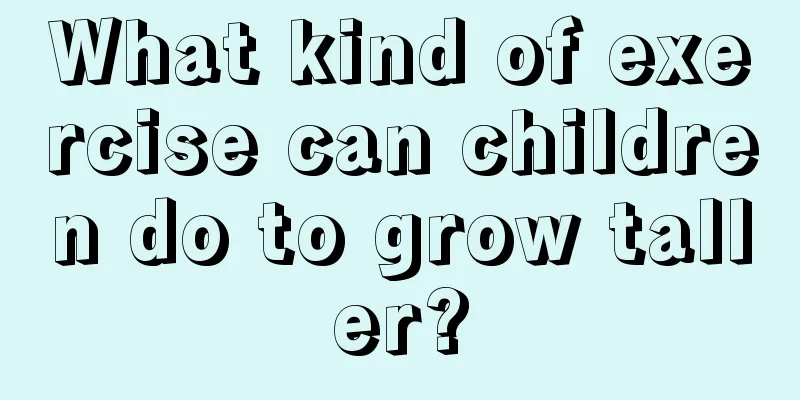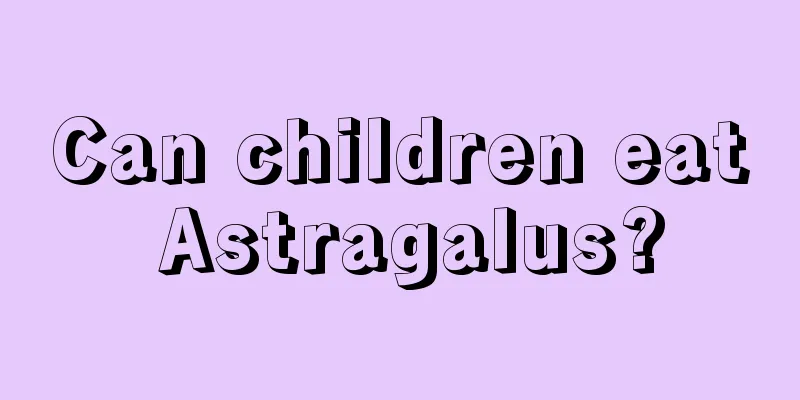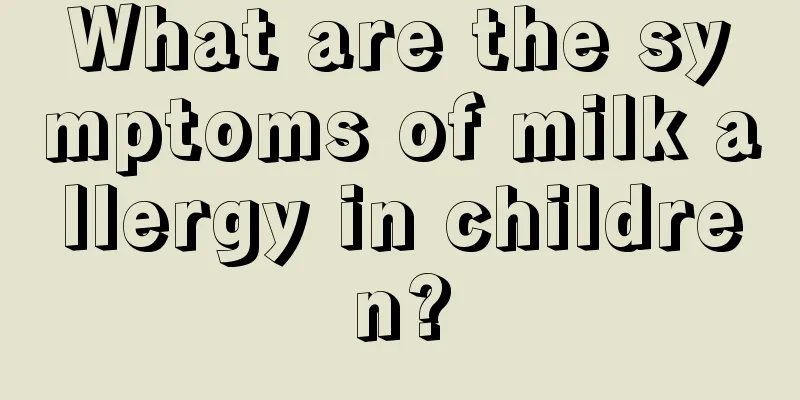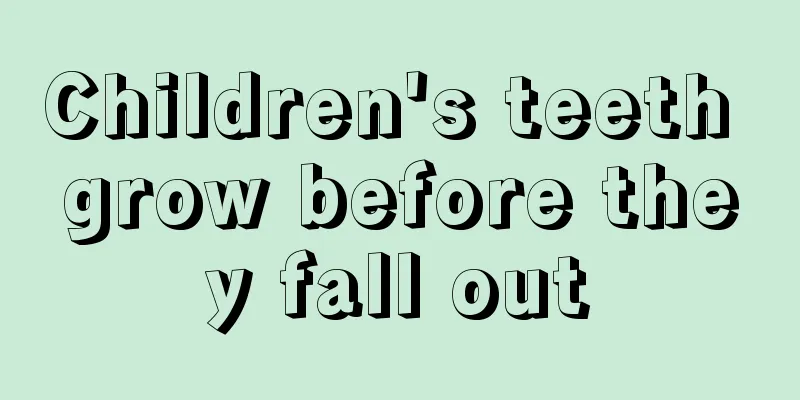What's going on when the baby has a fever and convulsions?

|
Many people treat their children as treasures and cannot express their love for them enough, especially when their children are sick. However, some parents say that some babies will convulse when they have a fever. This topic scares many parents because they have never encountered such a situation and they are afraid that they will encounter it. Of course, parents don’t know what is going on. It’s just a cold and fever, so why would the baby convulse? Let’s understand what happens when a baby has a fever and convulsions? It is common for children between 6 months and 3 years old to have febrile seizures because their brains are immature at this stage of growth and they are easily excited by high fever and generalize it, causing convulsions. Generally, febrile seizures will no longer occur after the age of 6. Convulsions often occur at the beginning of a cold or fever, when the body temperature is above 38°C. The longer the pumping lasts, the more serious damage to the brain caused by lack of oxygen. A baby who has a convulsion will suddenly stop breathing, his face will turn blue, he will become unconscious, his eyes will roll up, his teeth will be clenched, and some may even bite their tongue or lips. His whole body will become stiff or his limbs will twitch. The twitching may last for about half a minute or even 1 to 2 minutes. After the twitching stops, the child will fall asleep, and after waking up, he will be in good condition except for a high temperature. Febrile seizures may recur If your child has had a febrile seizure, it is likely to recur later. Therefore, when the child has a fever again, especially when the temperature rises rapidly at the beginning of the illness, parents must be vigilant and pay attention to whether the child's temperature is abnormal at any time. If the child has fever symptoms such as flushed face and ears, hot forehead, etc., do not be careless. Parents should give him antipyretics and quickly absorbed sedatives as soon as possible. Physical cooling can be achieved by applying a cold, wet towel to a large area of the forehead, changing it every 5 to 10 minutes. It would be even better if you use ice or alcohol. Parents are always worried when their babies have a fever and convulsions, but now they can be a little relieved. At least we know why the babies have convulsions, and many parents can finally put their minds at ease. In fact, we should know more about these issues in our daily lives. Those with children at home need to read more and gain some knowledge so that they will not panic when encountering such situations. |
<<: What are the symptoms of fever and cramps in babies?
>>: What should I do if my baby has a fever and convulsions?
Recommend
How do children have eye bags?
Having eye bags is a common phenomenon in life, b...
What to do if your nine-month-old baby has rhinitis
Rhinitis is a very common disease. I believe that...
Spring health care methods for children
During the Spring Festival, not only adults but c...
What should you pay attention to when using an electric fan on your baby?
Children's resistance is very weak, especiall...
Can babies drink milk when they have a fever?
For babies, since their immune system is generall...
How to treat urinary tract infection in children?
When it comes to urinary tract infection, perhaps...
What are the clinical manifestations of abdominal pain in children?
There are many reasons for abdominal pain in chil...
Newborn baby sleeping with eyes open and closed
Many parents will find that their baby's eyes...
What are the symptoms and treatments of food indigestion in children?
Indigestion in young children is a relatively com...
Why is the child unable to sleep well?
Children’s sleep quality has a great impact on th...
How to treat a child’s fever?
Fever is the most common disease among children. ...
Introduction of Bifidobacterium infantis
Maybe many mothers don’t know what kind of bacter...
How to treat children's hunchback better
If a child develops hunchback, it is very worryin...
What causes thinning hair in newborns?
Many babies can run and jump, but the hair on the...
One-year-old child scratched by rabbit cage
Many people believe that rabies virus is carried ...
